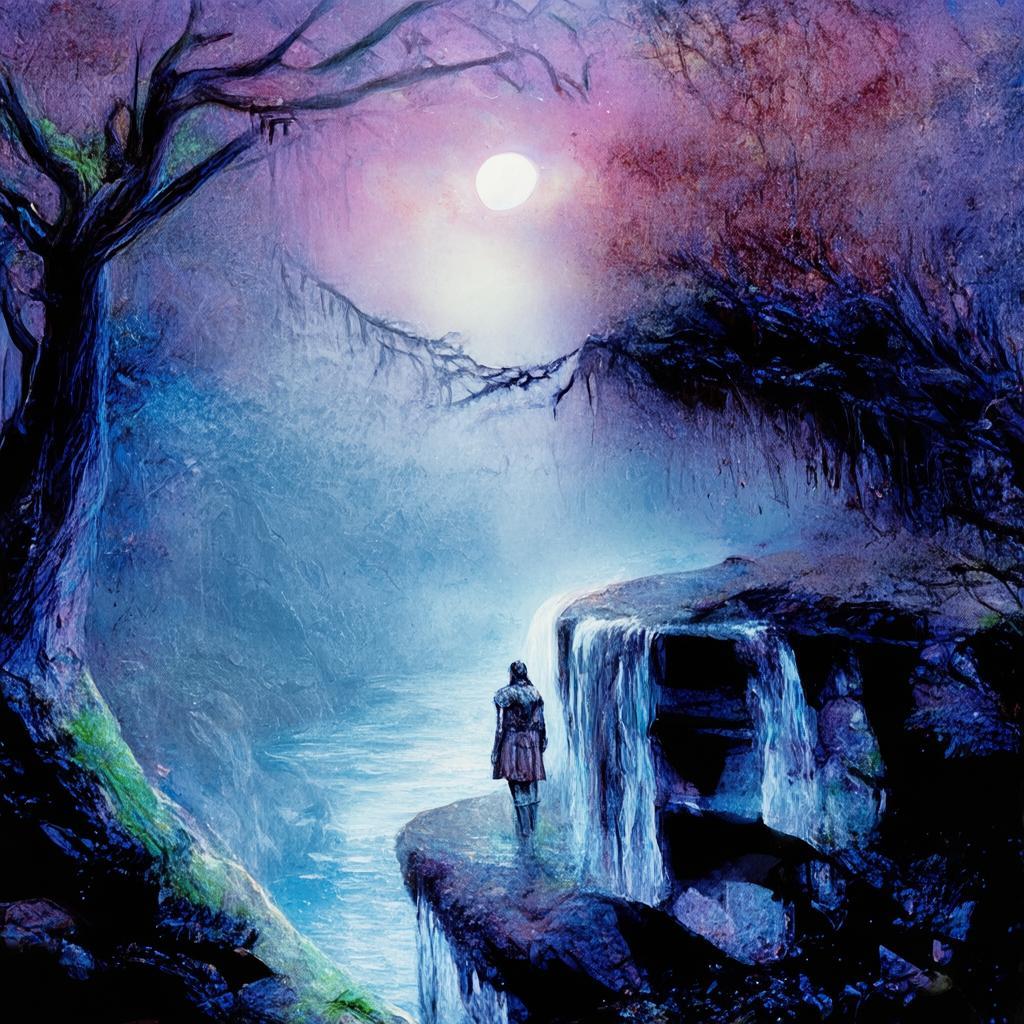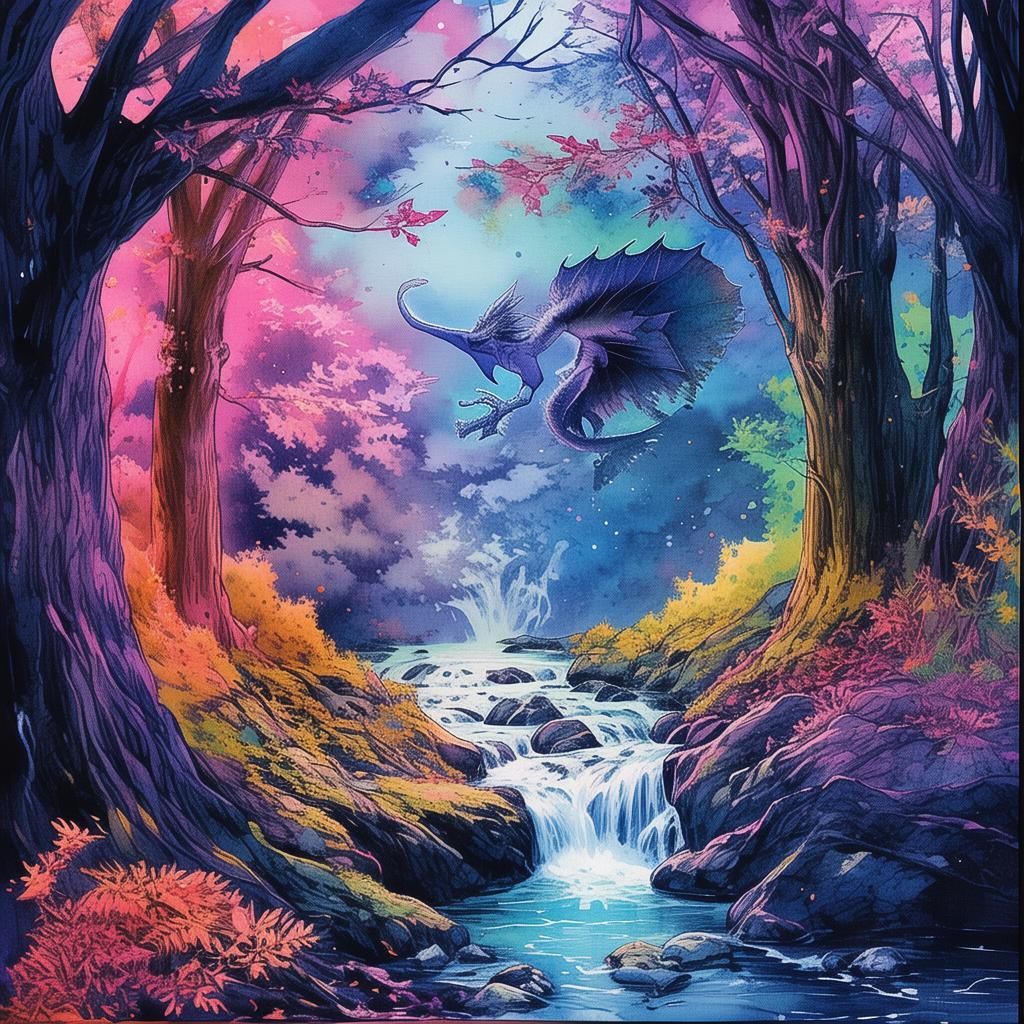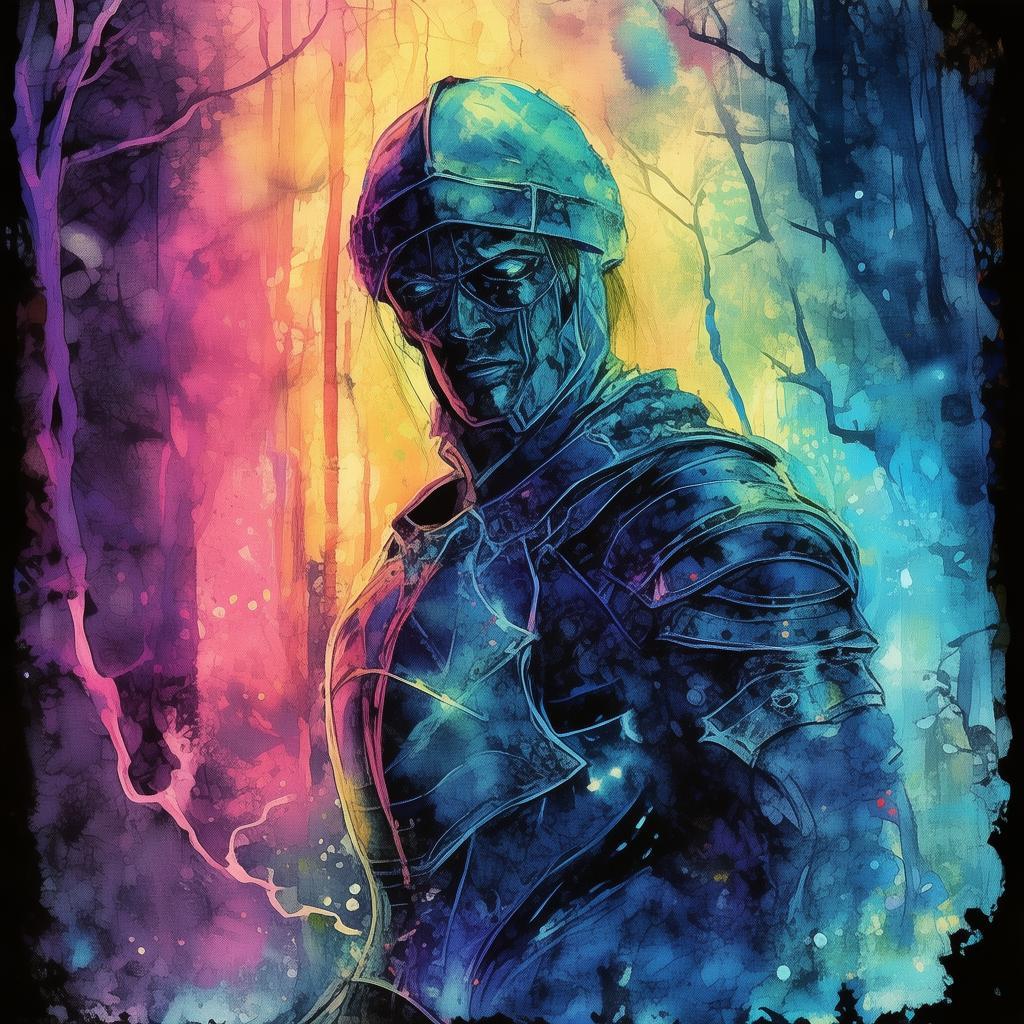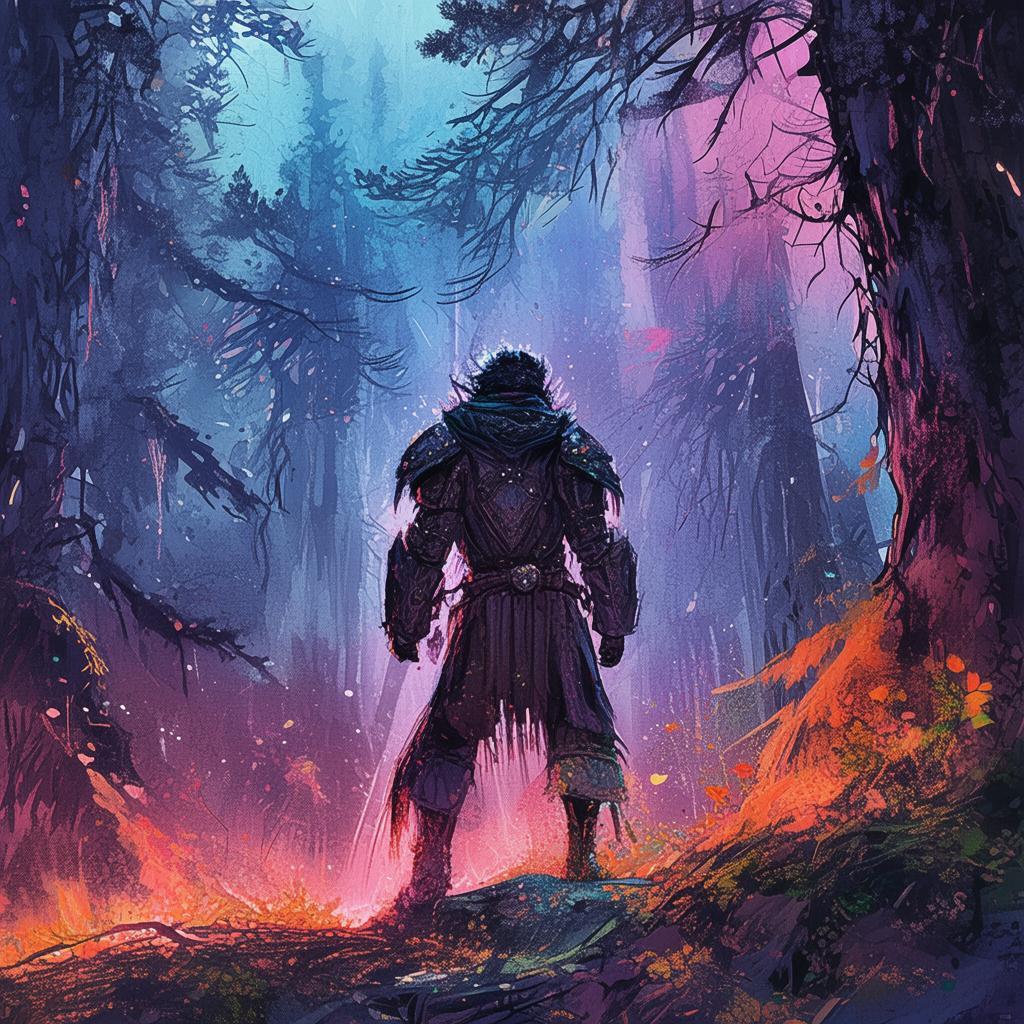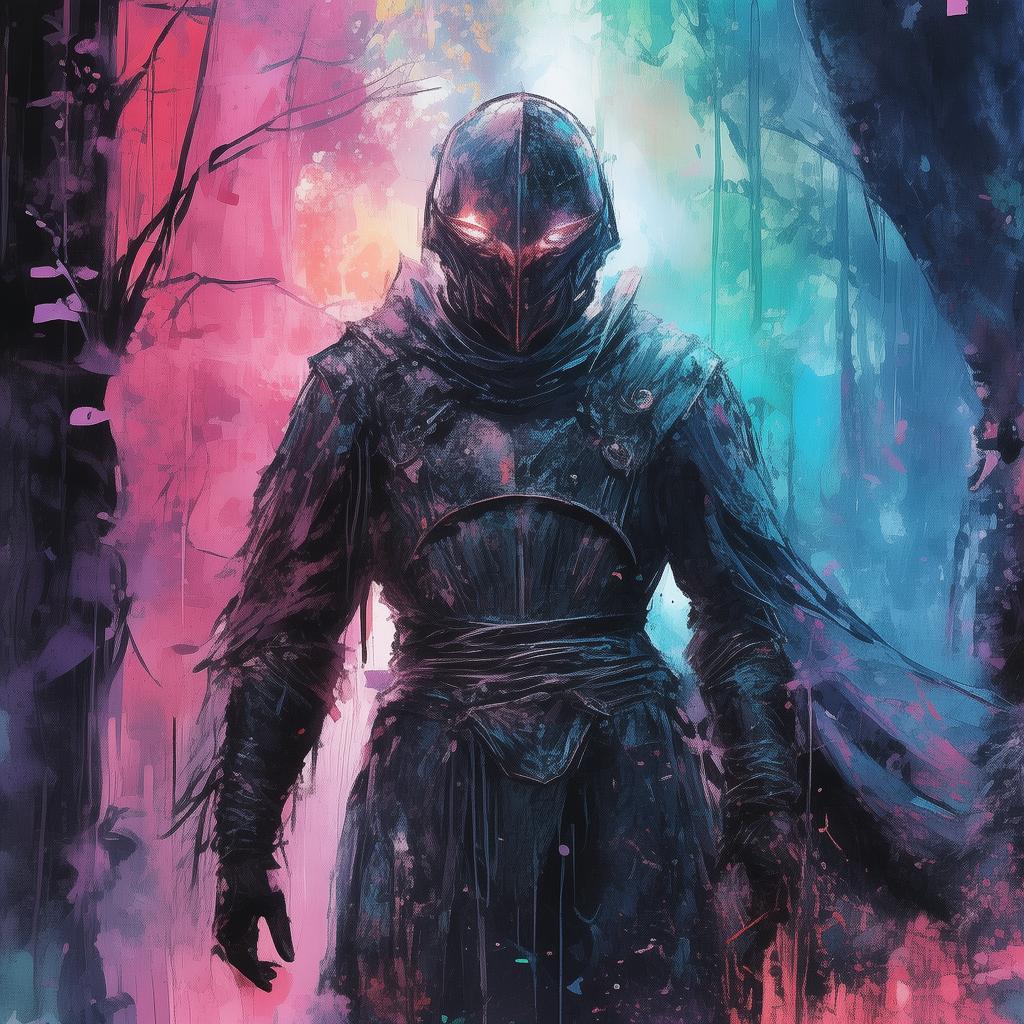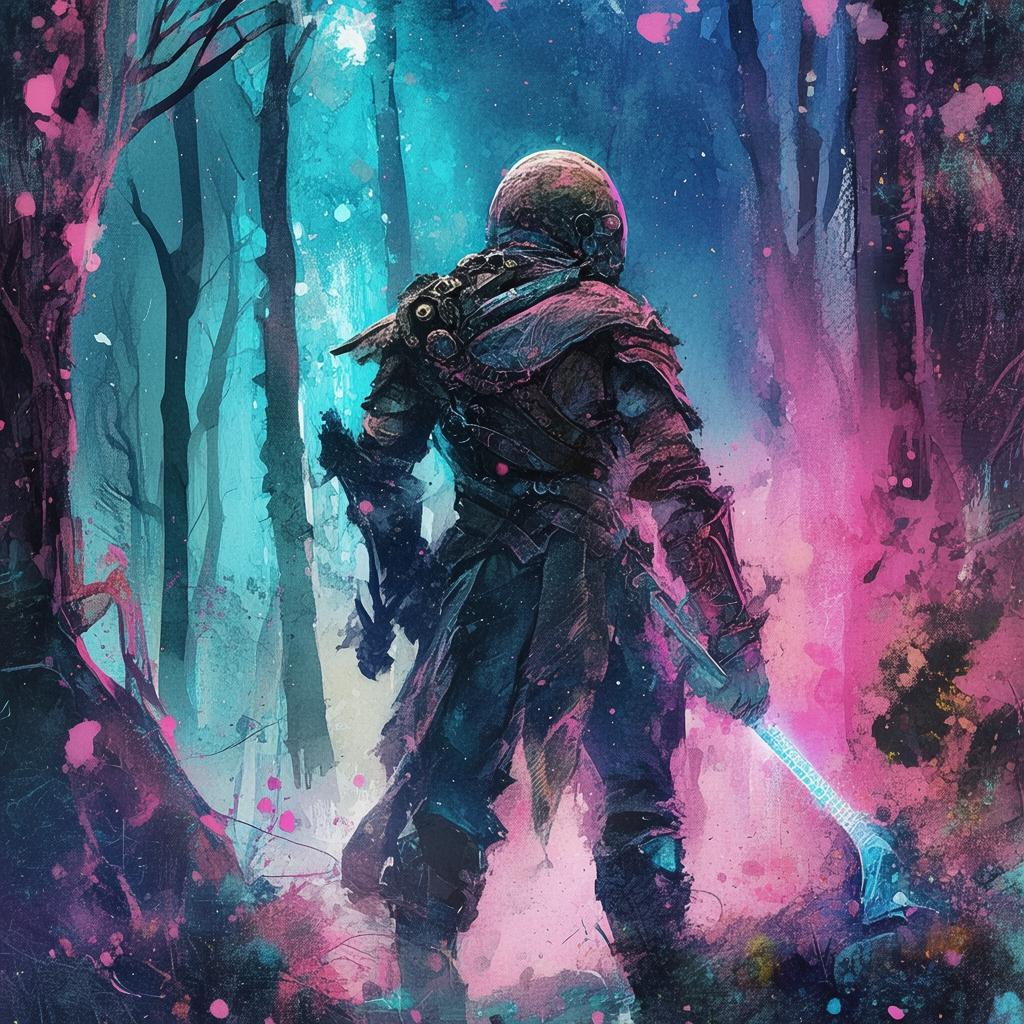The Buddha's Redemption: The Leshan Paradox
In the remote reaches of Sichuan Province, nestled against the craggy cliffs that line the Yangtze River, there stood the colossal Buddha of Leshan—a monument of stone and faith that had been carved from the very mountainside itself. This was the sanctuary of countless pilgrims and hermits, a place where the divine was felt in every stone and whisper of the wind.
Amidst the throng of devotees was an old hermit named Ming. His beard was a silver curtain, and his eyes held the depth of the ancient river. Ming had wandered the world for decades, seeking enlightenment, and now he had found his way to the Buddha of Leshan, a place where legends spoke of divine revelations and a path to transcendence.
As he meditated beneath the giant Buddha, Ming was haunted by the specter of his past. In a distant village, years ago, he had been a man of power, a leader who had made decisions that had sent ripples through the lives of many. His rule had been harsh, and his actions had sown the seeds of suffering that still bore fruit in the hearts of those he had governed.
One night, as the stars shone down upon the Buddha's serene face, Ming's reverie was interrupted by a voice that seemed to echo from the very mountainside. "Ming," it said, "your path to enlightenment is fraught with paradox. You must confront the Leshan Paradox."
The Leshan Paradox was an ancient riddle that spoke of the Buddha's own enlightenment. It posited that the Buddha had achieved enlightenment by simultaneously being aware of the suffering of all beings and yet being unaffected by it. This paradox was a challenge to Ming, for he was aware of his own past transgressions, yet he felt a profound disconnect from the suffering they had caused.
Determined to unravel this enigma, Ming began his journey into the heart of the paradox. He traveled to the villages that had been affected by his decisions, seeking to understand the depth of the suffering he had unintentionally sown. He listened to the tales of the people, their voices a chorus of sorrow and regret.
In one village, he met an old woman who had lost her son to his decree. Her eyes, filled with tears, told a story of a life lost and a family destroyed. "I know you are a changed man, Ming," she said, "but my son is gone, and my heart will never be whole."
In another village, he encountered a young man who had been exiled for his father's rebellion against Ming. "I carry the weight of my father's actions," he confessed, "but I also bear the weight of the world that you created for me."
Ming realized that the Leshan Paradox was not just a riddle to be solved; it was a living, breathing entity that required him to confront the consequences of his past. He understood that his own enlightenment could not come at the expense of the suffering he had caused.
As he continued his journey, Ming's heart softened, and he began to see the humanity in the people he had once deemed enemies. He found within himself the ability to forgive, to empathize, and to take responsibility for his actions.
Finally, he returned to the Buddha of Leshan, ready to confront the ultimate test of his redemption. There, under the towering statue, he meditated and chanted, allowing the paradox to work its magic on his soul.
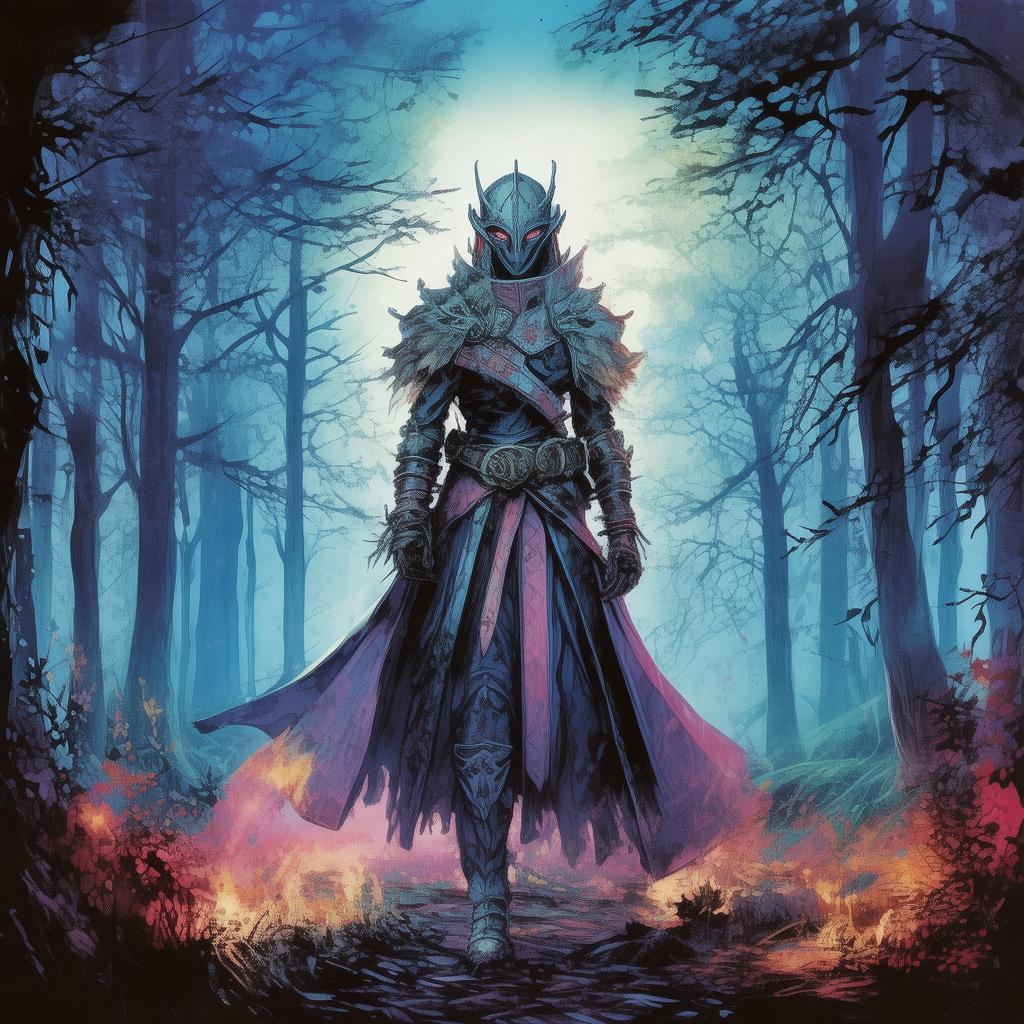
In that sacred space, Ming found a moment of clarity. He realized that the Leshan Paradox was not about avoiding suffering but about embracing it, understanding it, and transcending it through compassion and forgiveness.
With a heart full of peace, Ming understood that his path to enlightenment was not just about himself but about the healing of the world. He vowed to dedicate the rest of his life to helping others find their way through their own paradoxes, to help them heal from the suffering they had caused and to embrace the transformative power of redemption.
As the sun rose over the Yangtze River, casting a golden glow upon the Buddha's serene face, Ming felt a profound sense of release. He had faced the Leshan Paradox and emerged not just enlightened but transformed, his soul lighter, his spirit reborn.
And so, the tale of Ming's redemption became a legend, a reminder that true enlightenment comes not from escaping the past but from embracing it, forgiving it, and learning from it. The Buddha of Leshan, witness to his transformation, smiled upon the hermit, for he had found the path to redemption, and in doing so, he had become a beacon of hope for all who sought to follow in his footsteps.
✨ Original Statement ✨
All articles published on this website (including but not limited to text, images, videos, and other content) are original or authorized for reposting and are protected by relevant laws. Without the explicit written permission of this website, no individual or organization may copy, modify, repost, or use the content for commercial purposes.
If you need to quote or cooperate, please contact this site for authorization. We reserve the right to pursue legal responsibility for any unauthorized use.
Hereby declared.
